



Mycotoxins are highly toxic secondary metabolic products of moulds. Mycotoxin producing moulds damage crops, which can cause high economic losses, at all levels of food and feed production.
Moreover, many of the mycotoxins have negative health effects; causing disease or even death in the humans and animals that consume contaminated food or feed products. Currently, there are more than 500 known mycotoxins.
Those of most concern can be divided into six major categories: aflatoxins, trichothecenes, fumonisins, zearalenone, ochratoxins, and ergot alkaloids.
The fungi that produce them can be split into the following two groups: field fungi that produce mycotoxins in crops before harvest (pre-harvest) and storage fungi that produce mycotoxins mainly after harvest (post-harvest). Fusarium and Claviceps moulds are mainly considered to be field fungi; whilst Aspergillus and Penicillium moulds are often referred storage fungi.
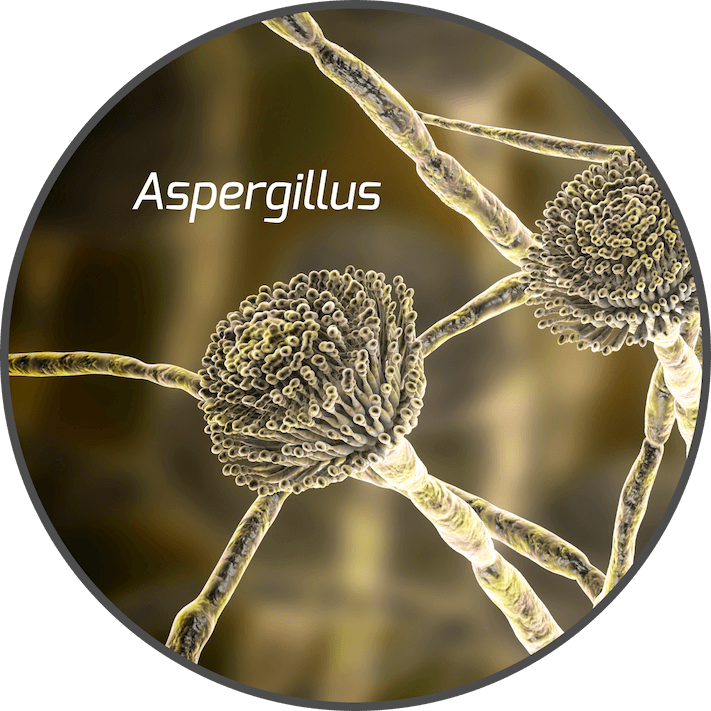
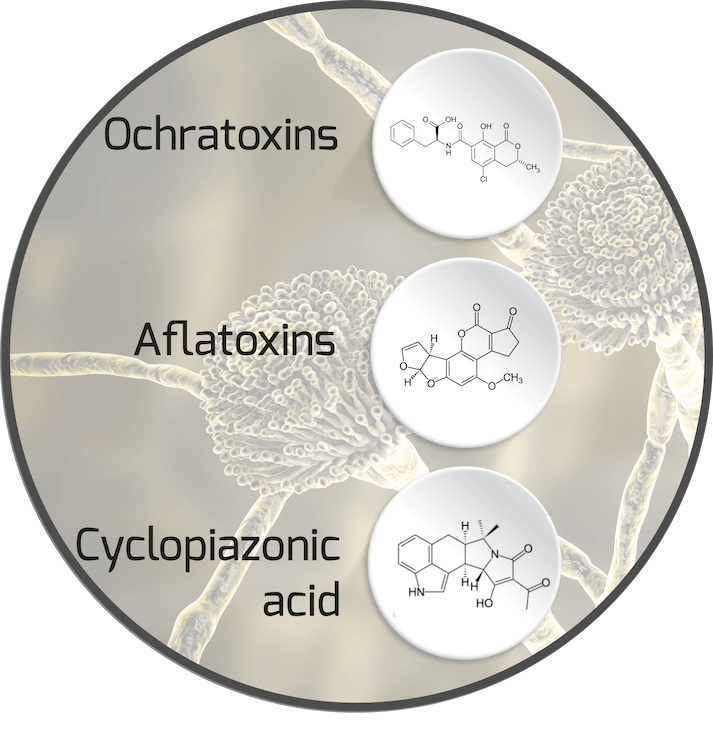
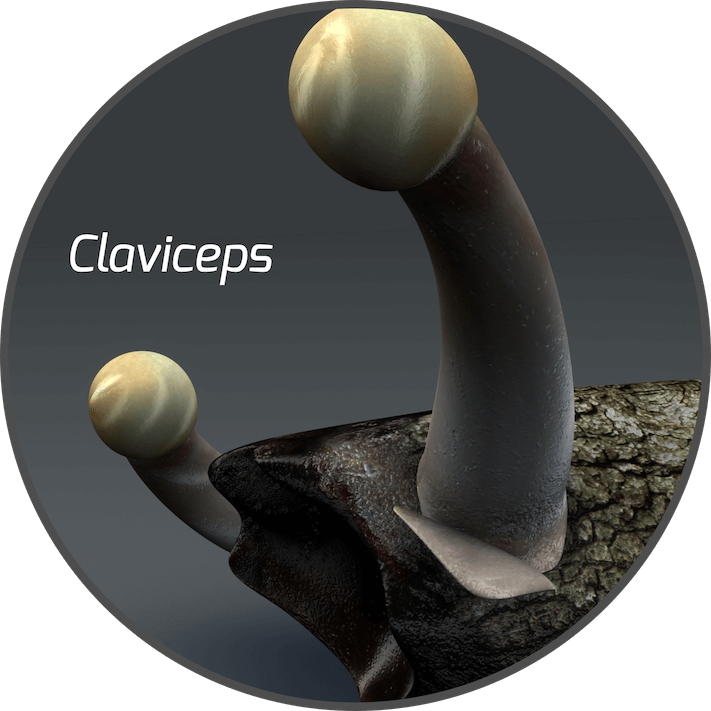
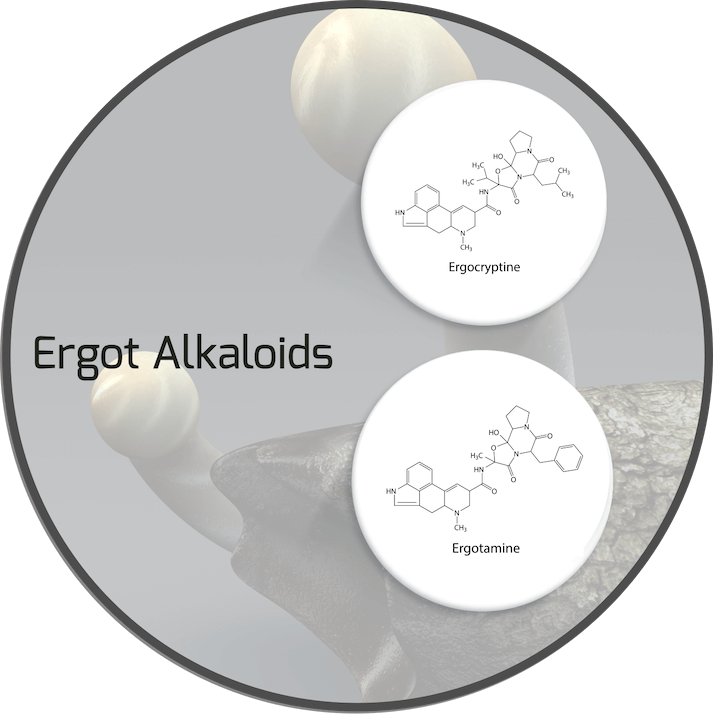
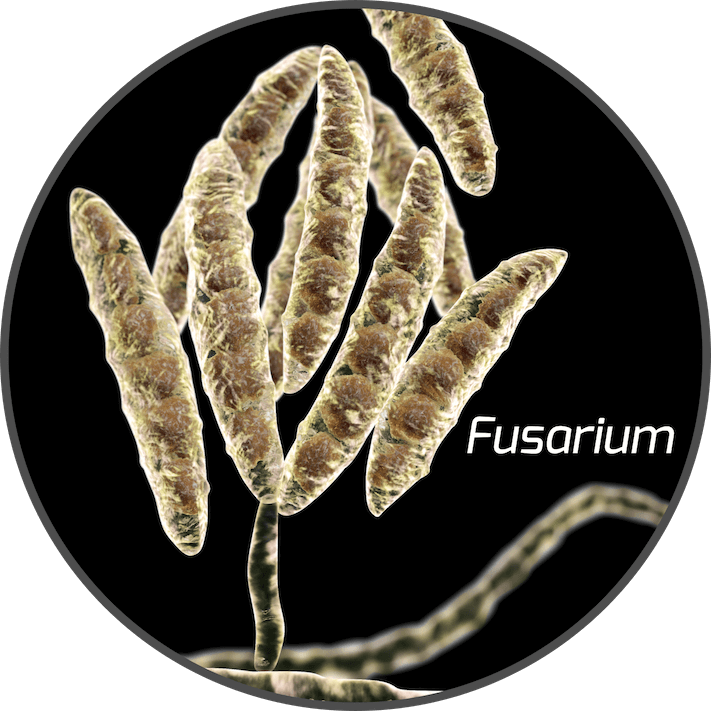
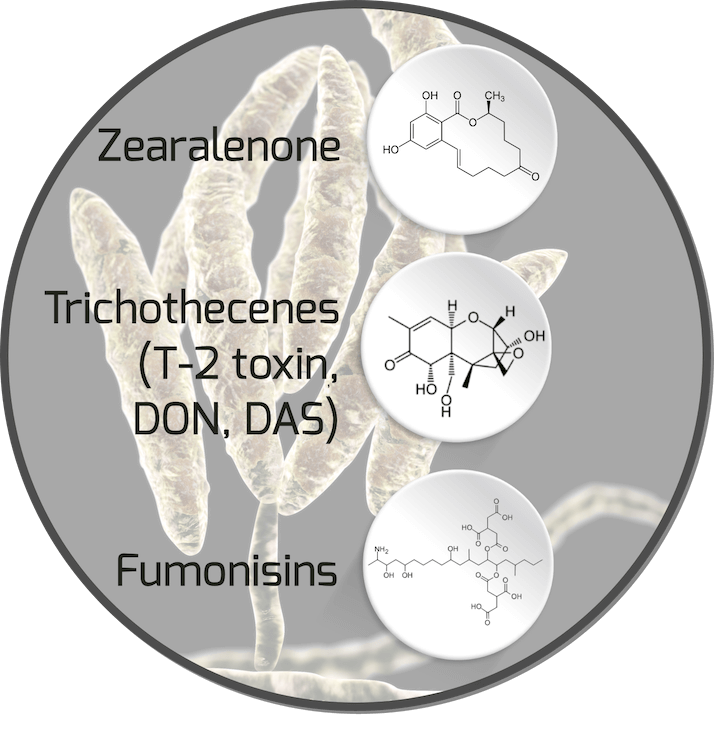
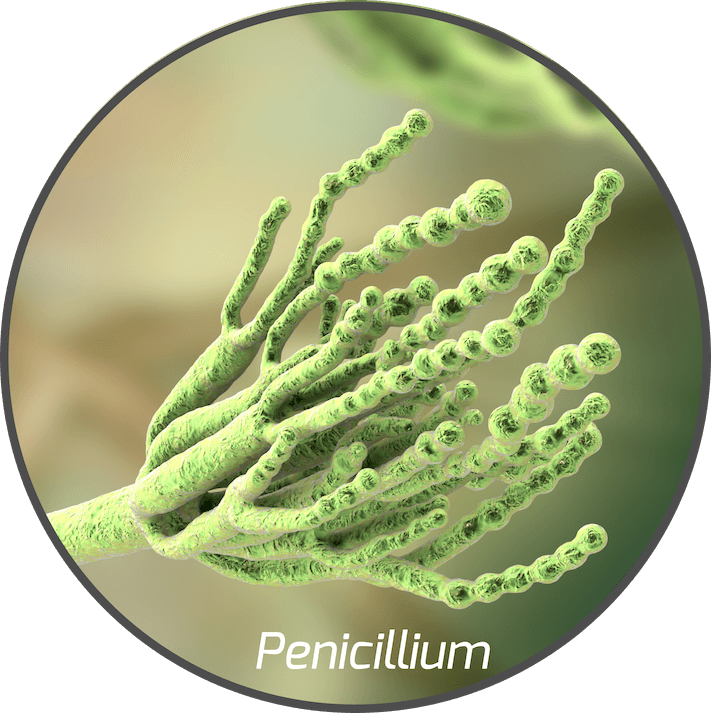
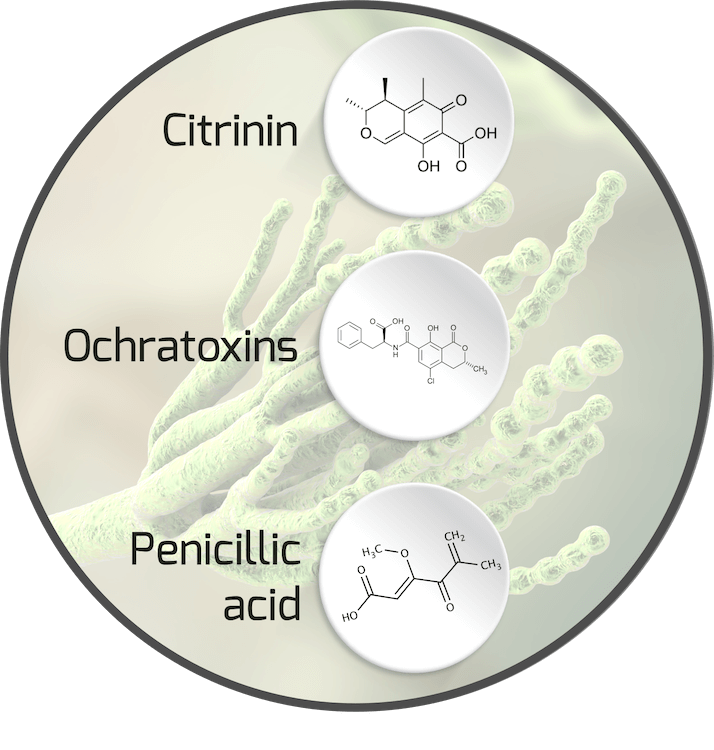
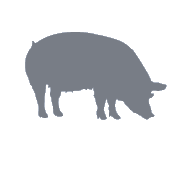
Generally, pigs are the most sensitive farm animals to mycotoxins. Aflatoxins suppress the immune system and the first sign of aflatoxin contamination in the diet is decreased feed intake. Clinical signs, depending on the contamination level, can range from reduced growth, to hepatosis, to death. Among the trichothecenes, deoxynivalenol and T-2 toxin are the most relevant for the pig industry. T-2 toxin inhibits feed intake. Deoxynivalenol also reduces feed intake, decreases growth and causes vomiting. Ochratoxins are hepatotoxic and nephrotoxic; as well as causing other particular chronic toxicities. The effects of ochratoxin intoxication are reduced growth, decreased weight gain and renal lesions. Zearalenone mainly causes oestrogenic effects in pigs. In pregnant sows it increases the occurrence of abortions and stillbirths. In others, zearalenone contaminated feed induces swelling and reddening of vulva, false heats and false pregnancy. Fumonisins target the liver, lungs and pancreas and causes pulmonary oedema in pigs.
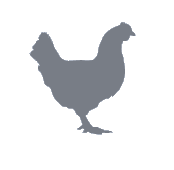
Poultry are also sensitive to mycotoxins, with different types having different toxic effects. Aflatoxins are the most immunosuppressive toxins; however, broiler chickens are less sensitive than other poultry, for example ducks, geese or turkeys. Type A trichothecenes (T- toxin, HT-2 toxin, diacetoxyscirpenol) are of major concern to poultry industries and cause economic losses in terms of productivity. They are highly toxic for poultry, especially for chickens due to their very low LD50. In particular, T-2 toxin reduces feed intake, body weight, quality of breeding eggs and causes oral lesions. Young chicks and turkey poults are highly sensitive to ochratoxins. These nephrotoxins can suppress feed intake, growth and egg production; as well as causing poor eggshell quality. Signs of exposure to fumonisins are immune suppression, decreased body weight and average daily weight gain as well as increased gizzard weights. In comparison to other species like pigs, poultry appear to be less affected by zearalenone, whilst combinations of mycotoxins can cause significant losses regarding fertility and hatchability.
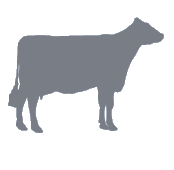
Aflatoxins, trichothecenes and zearalenone are as important in ruminants as they are in monogastric animals. However, mature ruminants are generally more resistant to the effects of mycotoxins than monogastric animals. This is because some rumen microbes have the ability to detoxify mycotoxins. In general, calves are more sensitive to aflatoxins than adult cattle. The most common mycotoxins: aflatoxins, trichothecenes and zearalenone, are all of importance to cows. Clinical signs of ingestion of aflatoxin contaminated feed includes reduced feed consumption and milk production, diarrhoea, acute mastitis, weight loss, respiratory disorders, hair loss, liver damage and immune suppression. The aflatoxin metabolite aflatoxin M1 is carried over into the milk at a level from 1 to 6% of the aflatoxin B1 consumed. Numerous studies have shown that ruminants are less affected by deoxynivalenol (DON) because it is metabolised into its less toxic de-epoxyde in the rumen. Nevertheless, DON is associated with reduced feed intake and lower milk and milk fat production in dairy cattle. T-2 toxin results in loss of appetite and weight, slower growth, gastroenteritis, lowered milk production, and reduced immune response in calves. In addition, T-2 toxin has been implicated in haemorrhagic bowel syndrome by impairing immune function. Zearalenone causes among other things, abnormal reproductive processes in cattle, sheep and other ruminants – resulting in false heats, anoestrus, premature mammary development and abortions.

From the crop to the feed, mycotoxin production is a cumulative process. It is controlled by several factors, the most important being climatic conditions and the agronomic practices during crop growth.
However, each mycotoxin has its own model of development, meaning that every year the crops are contaminated differently, both in terms of quantity and mycotoxin type. The risk is therefore ever-present, and ever-changing.
A holistic approach is needed to identify the risk and adopt the best strategy. Customers across the globe have been successfully working with our mycotoxin management program for decades. We offer you an integral approach by going through all the steps of the chain.
Our MycoMan range of services allow you to identify your risks – from the raw materials to the animals.
Our solutions Unike® Plus, Unike® and Toxy-Nil® are protecting your animal. Providing cost effective to a maximal protection, against a broad spectrum of mycotoxin.
Product names may vary by region, please contact your local Adisseo representative for more information.
The majority of mycotoxins are produced by various mould species during the cultivation of grains. At the arrival point, the feed or animal producer receives fresh grain that already contains different mycotoxins before it is introduced into the storage container. The contamination of grain harvested in a single year can differ from the mycotoxin patterns and levels of previous years in the same climatic region. Therefore, buying the newly harvested grain is like a betting game for the producer of animal feeds who has to deal with unknown, ‘on-fire’ contamination. Therefore, the forecasting/control of crop contamination before storage is the key to organizing and planning the formulation/mycotoxin management for the coming year.
Our MycoMan range of services allows the risk from the raw materials to the animals to be identified:
Several strategies can be adopted to control the growth and development of molds, and hence reduce their effects on the quality of feeds and feed material, and on animal performance. An important strategy is an appropriate storage, whereby many of the problems can be alleviated if the feeds and feed material are stored in clean and well-ventilated silos.
A second way of controlling molds and any further accumulation of mycotoxins is the use of chemicals, such as mold inhibitors. Preventing the loss of feeds and feed material quality from molds and pests during storage is easier, safer and less expensive than resorting to curative programs to improve spoiled feeds and feed materials.
The aim of an effective feed and feed material storage procedure is to avoid quality losses from the time they are stored until the time they are used. For this purpose, it is important to keep the mold contamination as low as possible.
Every raw ingredient has its own mycotoxins, and this is why screen finished feeds are the key to avoiding unpleasant surprises and a high contamination level in feeds.
The Adisseo Mycotoxin Management Program supports its customers with wet chemistry analysis of the feeds, in collaboration with various independent accredited laboratories around the world, through a service called MycoMan Test (Lab).
Based on analysis of the levels of the main mycotoxins, MycoMan® Mobile App directly shows how serious the impact on animals could be, as well as which Adisseo products and dosages are the most appropriate.
The addition of mycotoxin sequestrants to mycotoxin contaminated diets has been considered the most promising dietary approach to reduce the negative effect of mycotoxins. Adisseo has developed a portfolio composed of Unike® Plus, Unike® and Toxy-Nil® to propose the best-suited solution to a specific challenge.
Toxy-Nil® : Reliable protection against moderate-level mycotoxin contamination
Unike®: Powerful protection against broad-spectrum mycotoxin contamination
Unike® Plus: Maximum protection against challenges posed by broad-spectrum mycotoxin contamination
Toxy-Nil®, Unike® & Unike® Plus are not available in the USA. Please contact your local Adisseo representative about product availability in your region.